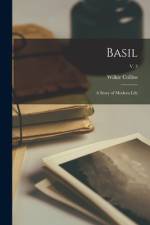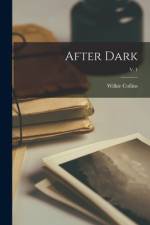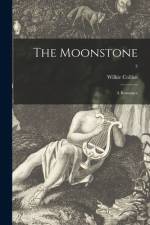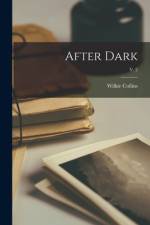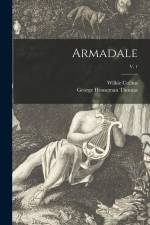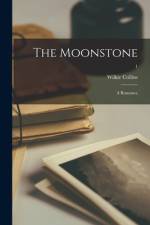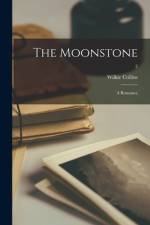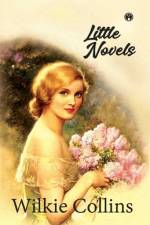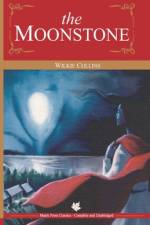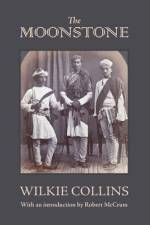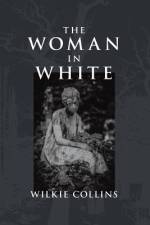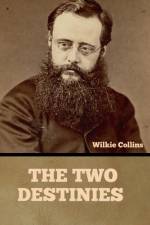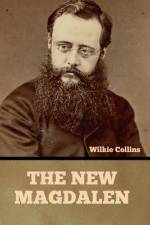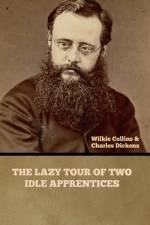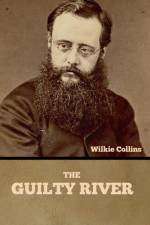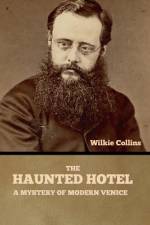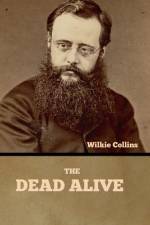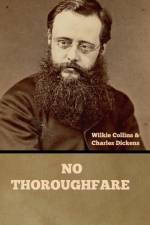av Wilkie Collins
377
The Frozen Deep is an 1856 play, originally staged as an amateur theatrical, written by Wilkie Collins under the substantial guidance of Charles Dickens. Dickens's hand was so prominent-beside acting in the play for several performances, he added a preface, altered lines, and attended to most of the props and sets-that the principal edition of the play is entitled "Under the Management of Charles Dickens". John C. Eckel wrote: "As usual with a play which passed into rehearsal under Dickens' auspices it came out improved. This was the case with The Frozen Deep. The changes were so numerous that the drama almost may be ascribed to Dickens". Dickens himself took the part of Richard Wardour and was stage-manager during its modest original staging in Dickens's home Tavistock House. The play, however, grew in influence through a series of outside performances, including one before Queen Victoria at the Royal Gallery of Illustration, and a three-performance run at the Manchester Free Trade Hall for the benefit of the Douglas Jerrold Fund to benefit the widow of Dickens's old friend, Douglas Jerrold. There, night after night, everyone-including, by some accounts, the carpenters and the stage-hands-was moved to tears by the play. It also brought Dickens together with Ellen Ternan, an actress he hired to play one of the parts, and for whom he would later leave his wife Catherine. The play remained unpublished until a private printing appeared sometime in 1866. The Frozen Deep was not again produced under the aegis of Dickens. It was briefly revived in a revised version with Wilkie Collins's blessing in 1866, but was a relative flop, leaving Collins convinced that it should no longer be staged. Instead, he undertook a rewriting of the entire play as a novella, which was published in book form and became a regular text for his successful public readings both in Britain and the United States. Its only other revival was in 2005 at the Edinburgh Festival, when a completely new dramatic version, adapted in turn from Collins's prose version, was staged by the Ironduke company. Described as "dark and moody" by reviewers, it was not a particular success, although in the wake of its appearance Collins's novella came back into print for the first time in many decades. (wikipedia.org)


